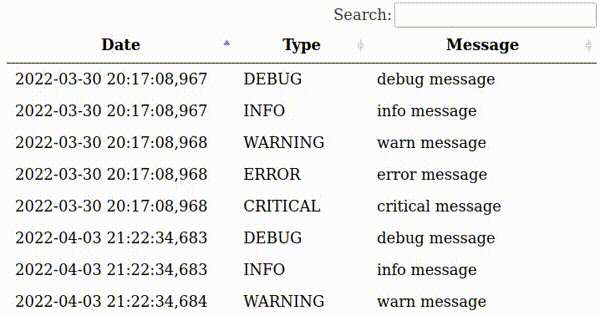The select() is the base function to query data in SQLAlchemy. The select() function translates SQLAlchemy-style query int SQL SELECT adjusted to the applied back-end database. The query mechanism introduced in SQLAlchemy 2.0 and above is different compared to the earlier framework versions.

Continue reading “Introduction to SqlAlchemy queries – part 1”








